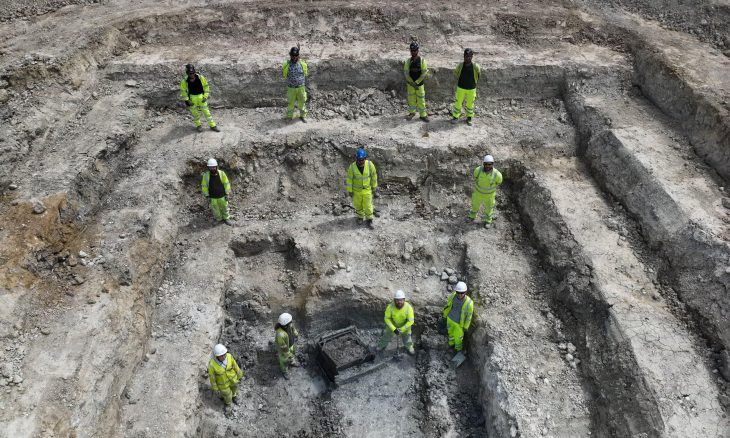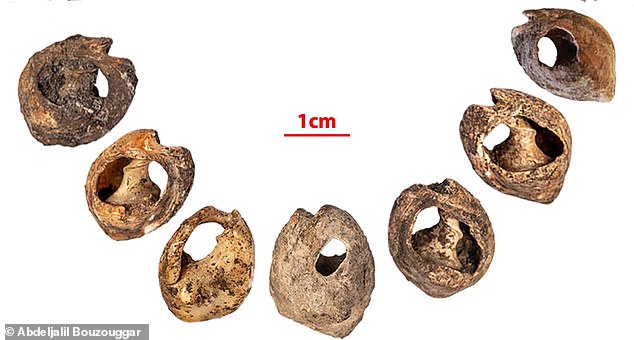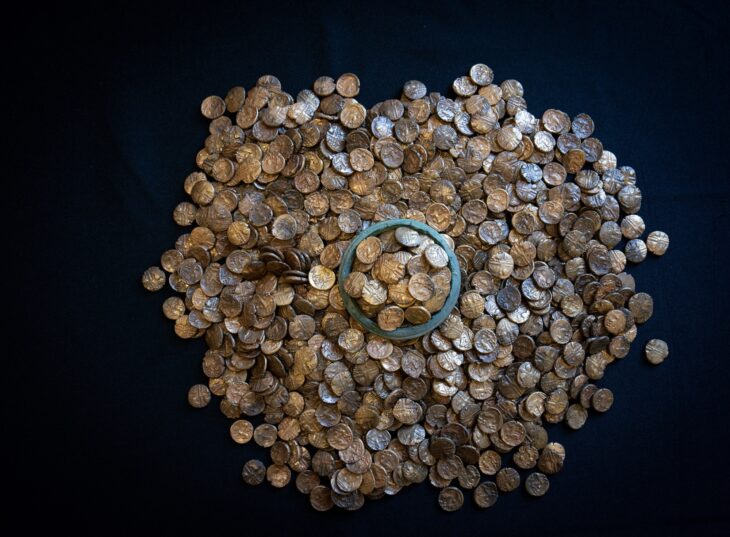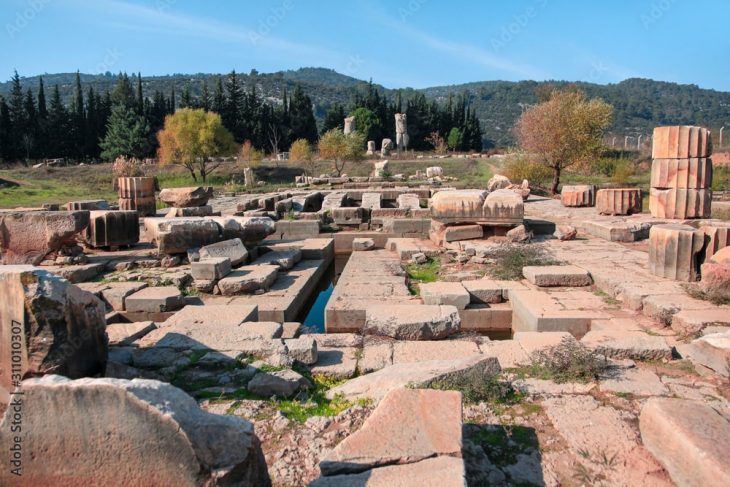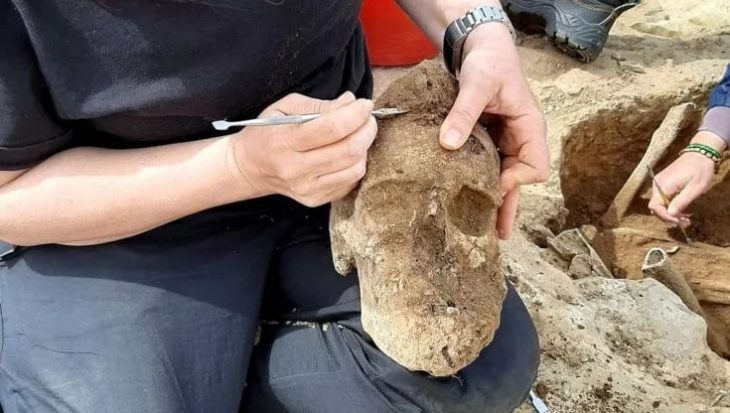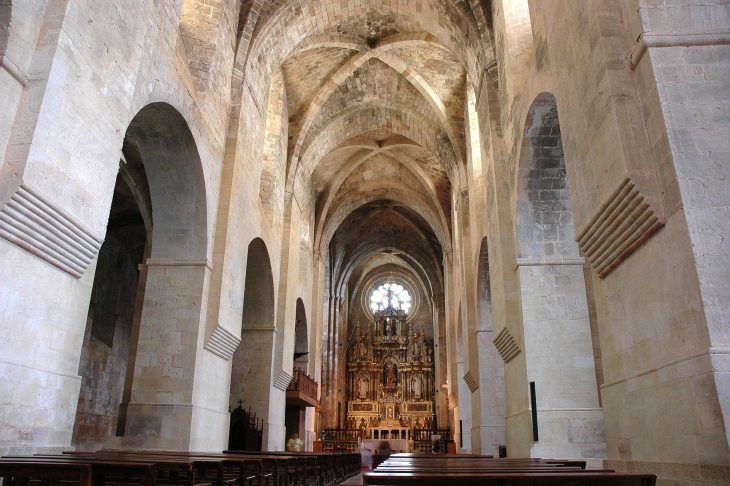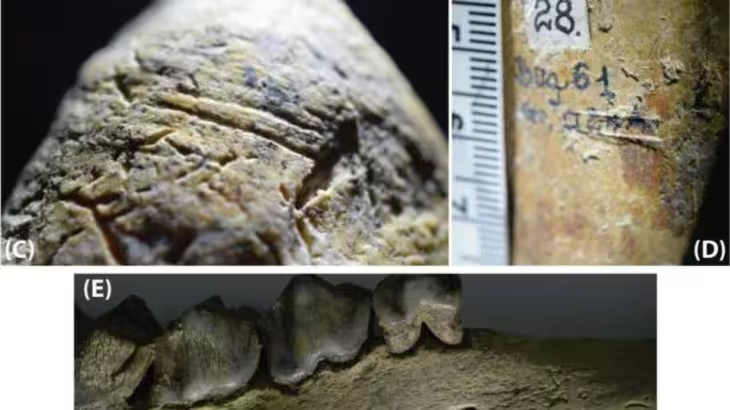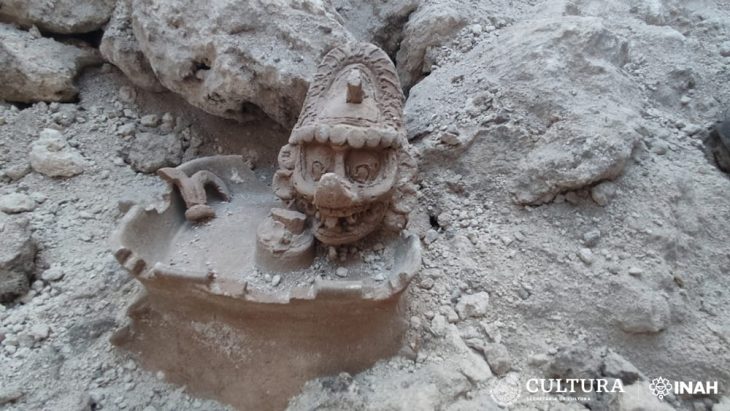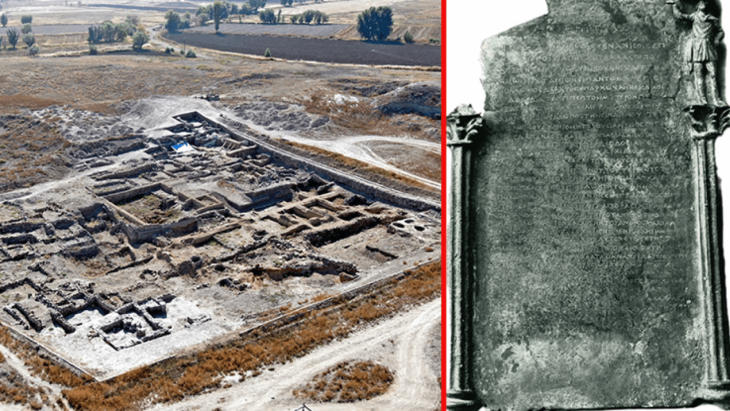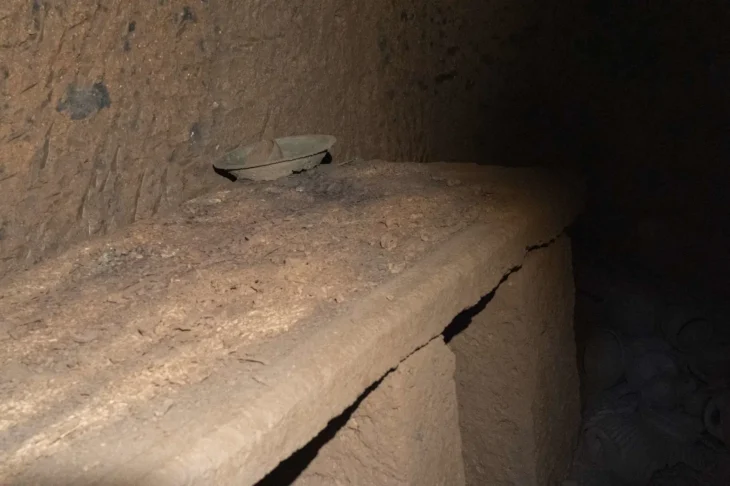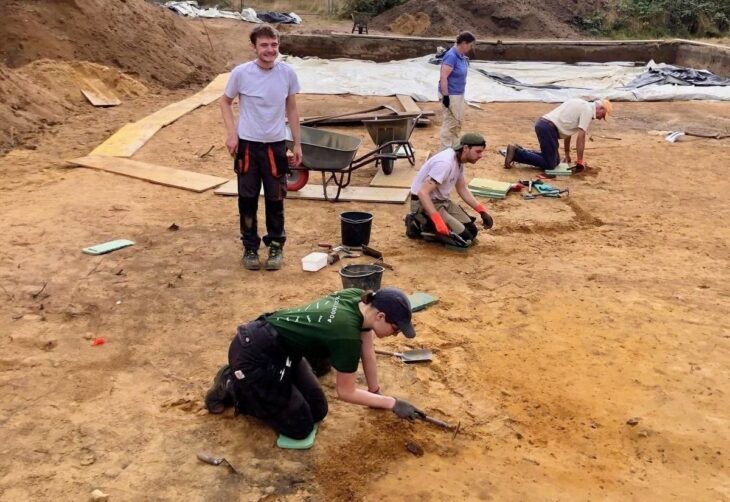From the windswept steppes of Central Asia to the sacred temples of Anatolia, ancient civilizations shared a powerful belief: that certain stones could bridge the gap between humanity and the heavens. Among these, the Yada Stone—a mystical relic from Turkic mythology said to be gifted by the Sky God Tengri—stood out for its legendary ability to summon rain, snow, and wind. But this elemental power came at a spiritual cost.
Centuries later, in the Hittite heartland of Hattusha, another sacred artifact—known today as the Green Stone—echoes this ancient tradition. Linked to Teshub, the Storm God of the Hittites, this smooth, enigmatic block may represent more than just a ritual object; it may be a forgotten thread connecting two civilizations through their shared reverence for the forces of nature.
The Yada Stone, a mystical relic from Turkic mythology, was said to be a divine gift from Tengri, the Sky God. According to legend, this stone granted its possessor the ability to control the elements—summoning rain, commanding snowstorms, or stirring the winds at will. Yet, as with all ancient powers, the use of the Yada Stone came at a great cost, often bringing misfortune or tragedy to those who wielded it.
The Divine Gift of Tengri: The Yada Stone’s Mystical Powers
The Yada Stone’s appearance was as enigmatic as its powers. Described as a dark, egg-shaped stone marked with red or white speckles, it was said to be found only under unique circumstances—beneath the nest of a sacred water bird called Sürhab, whose nest was abandoned when seasonal waters receded. This rare discovery was believed to be a sign from Tengri, confirming the stone’s sacred nature and its power to control the natural world.
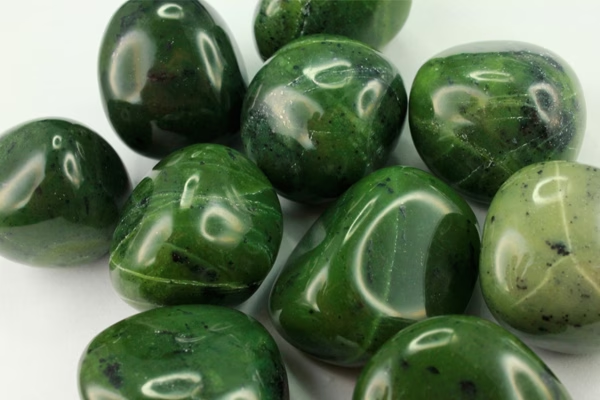
The stone was not used lightly. Shamans (kam) and yadacı—spiritual intermediaries between the divine and earthly realms—were the primary wielders of the Yada Stone. These individuals, often revered and feared, used the stone to perform rituals designed to bring prosperity or avert calamity. However, such power was always accompanied by a price: sorrow, isolation, and often death. The legend tells of many yadacı who, despite their ability to manipulate the skies, lived in loneliness and poverty, their spirits weighed down by the tragedies tied to the stone’s use.
📣 Our WhatsApp channel is now LIVE! Stay up-to-date with the latest news and updates, just click here to follow us on WhatsApp and never miss a thing!!
Mahmud al-Kashgari’s 11th-Century Testimony: The Yada Stone in Action
One of the earliest documented references to the Yada Stone comes from the 11th-century scholar Mahmud al-Kashgari, who described its powers in his famous work, Dīwān Lughāt al-Turk. Al-Kashgari recounts an event during a catastrophic summer fire in the land of the Yaghma people, where the Yada Stone was reportedly used to summon snow, extinguishing the flames and saving the land. This rare historical account lends credibility to the mystical properties of the stone, solidifying its place in Turkic culture as a symbol of divine intervention.
The Green Stone of Hattusha: A Possible Echo of the Yada Stone
Hundreds of kilometers to the west, in the ancient capital of the Hittites, lies another mysterious object—the Green Stone of Hattusha. Found at the heart of the Great Temple in modern-day Boğazkale, Turkey, this unmarked, smooth stone has fascinated archaeologists for centuries. Weighing nearly a ton and composed of nephrite or serpentine, the Green Stone is said to have played a central role in the worship of Teshub, the Hittite Storm God. Its ritual significance is still debated, but some scholars suggest that it may have functioned similarly to the Yada Stone, linking the Hittites’ spiritual practices with the forces of nature.
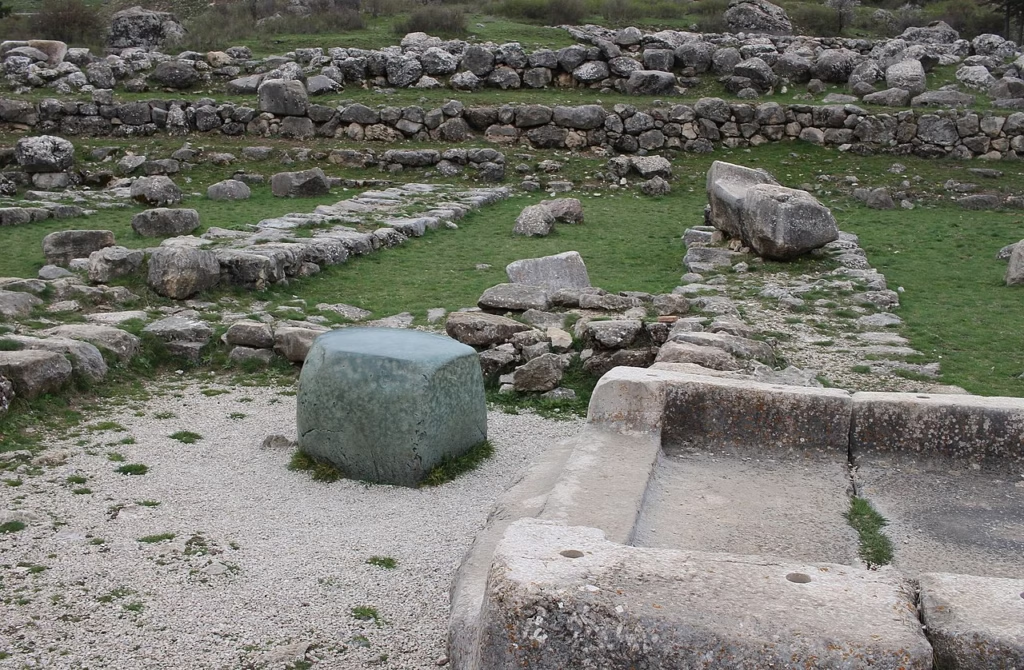
Local tradition refers to the Green Stone as a “wishing stone”, possibly used in sacred ceremonies to invoke Teshub’s power or to appease the storms. This artifact, though culturally distinct, shares striking similarities with the Yada Stone in its association with weather control and elemental forces. Could it be a distant echo of the Turkic shamanic tradition, a tangible connection between two ancient cultures’ reverence for nature’s raw power?
A Shared Legacy: Stones of Power and the Elemental Forces
Both the Yada Stone and the Green Stone represent much more than mere relics of the past—they are symbols of humanity’s ancient desire to connect with and control the elements. These sacred stones reflect the universal belief that the natural world can be influenced by human will, through divine aid and spiritual practices.
In the modern age, as we increasingly turn to science to explain the forces of nature, it’s easy to forget that for millennia, ancient civilizations saw the earth, sky, and spirit as interconnected. The Yada Stone and the Green Stone serve as reminders of a time when the line between the natural and supernatural was thin, and stones were not inert objects, but sacred tools with the power to alter the world.
Cover Image Credit: Yadacı Shamans. Ancientist


